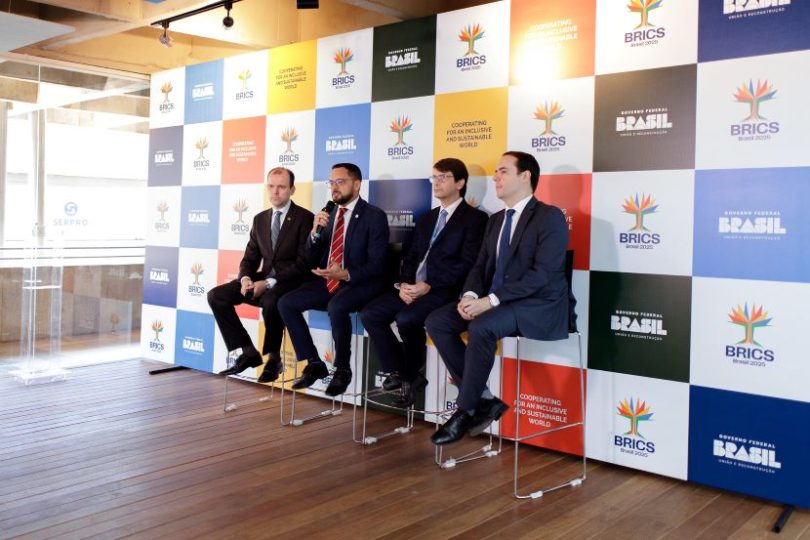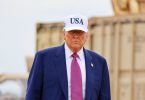Monday, July 7, 2025
The travel and tourism industry of United States now reaches a crossroads as President Donald Trump makes new threats of tariffs against members in the BRICS bloc (Brazil, Russia, India, China, South Africa). Following his most recent threat to impose an additional 10% tariff upon countries that remain committed to BRICS policy, there are severe implications for the future of tourism across the world, and for the United States in particular. Overseas travel will persist through post-pandemic recovery, so new tariff policy will potentially restrict the flow of foreign visitors, impact the economy of tourism, and alter how foreign destinations are marketed towards overseas tourists.
Impacts of Tariffs on Travel and Tourism
President Trump’s trade policy has already spawned unease in several parts of the United States economy, and there has been no exemption for the travel and tourism sector. What has been most alarming for tourism executives has been the president’s statement in Truth Social that any nation adopting the BRICS group’s policy will have to pay an additional 10% tariff.
BRICS countries, especially China, India, and Brazil, are significant source markets for international tourism to America. Chinese tourists were America’s second-largest inbound tourism market, and millions of Chinese tourists annually visited America before the pandemic, according to the US Travel Association. Indian tourists were also continuously increasing in recent years and now are one of America’s fastest-growing source market destinations.
This new threat of tariffs could bring yet another economic deterrent for tourists traveling from these countries, leading to fewer trips into the United States. As intercontinental flights continue their comeback, the economic cost for tariffs could deter potential tourists traveling from countries such as Brazil and South Africa from booking trips into the US
Affecting Global Tourism Flows
Tourism economy in America is inextricably connected with the most recent industry-wide trends across the globe, and tariffs promoted by President Trump can create spillovers in foreign flights, hotel booking, tourist attractions, and corporate meetings held in America. If tourists traveling from BRICS countries pay higher costs due to tariffs, some will change their itineraries to alternative foreign destinations, particularly the ones which possess freer and friendlier visa policies and lower traveling costs.
In the past several years, destination nations like Japan, Vietnam, and Mexico have aggressively competed for foreign tourists by streamlining visa processes, offering desirable holiday packages, and improving support facilities. As the federal government increases tariffs, other nations can turn towards increasing overseas campaigns promoting tourism and seeking access to the spending power of high-spending overseas tourists who otherwise would have visited the United States.
This shift could put the United States tourism sector at a competitive disadvantage when otherwise major destination rivals for foreign tourists—like members of the European Union or the Middle East—are increasingly being seen as alternative destinations that are cheaper and convenient. The sector will need to adapt in light of changing situations, potentially rethinking the way it courts and appeals visitors coming from traditionally stable marketplaces.
Economic Impacts in US Destinations and Local Communities
Potential overseas visitor losses can damage the economies of domestic tourism, particularly in cities and states most significantly relying on incoming tourists. For example, New York, Los Angeles, Miami, and Las Vegas were perennial hubs for overseas tourists coming mainly from countries now paying extra tariffs. Those cities count on tourists with heavy spending lifestyles that contribute to money for domestic entities, from restaurants and lodging houses to recreational sites.
If tourists coming in from BRICS nations scale back plans as prices increase, it can have spillovers across small corporations in these areas. Local tourist spots, inns, and hospitality as a whole would be affected by diminished incomes, and this can translate into layoffs or wage freeze in the industries.
Also, the cost-of-living crisis in the majority of countries will render overseas traveling another costly enterprise. Incorporates tariffs together with the above, it becomes increasingly difficult for potential tourists in said countries to arrive and visit the United States. This stress can prompt the shift in reaction the US tourism sector will take in its goods, seeking enhanced domestic traveling or substitute market affected least by the newly taken tariff actions.
Role of Travel Agencies and Tourism Specialists
Tariffs present complicated impacts for tour operators and travel consultants. If traveling becomes more expensive for tourists from BRICS countries, travel agencies will have to deal with progressively complex pricing and booking systems. Suggesting clients alternative options, rearranging itineraries, and diversifying focus towards alternative destinations with favorable visa regulations may become a significant element of the job.
In addition, the sector will also be impacted by the shift in consumer demand as tourists seek alternative cheaper destinations. Tour practitioners will thus be compelled to develop ways in which they can cushion the shock of greater expenditure for their tourists and present decent alternatives, either traveling to Mexico, Canada, or Europe, or promoting intra-United States tourism.
What It Holds in Store for the Future of US Tourism and Global Politics
It will be a turning point if the proposed tariffs are passed because it will mark the first time the United States has taken action in this manner regarding international tourism relationships. Tourism and trade policy intertwine in complicated manners, and tariffs may bring additional turbulence between America and its major trade allies. Tariffs in BRICS countries may set a standard in the price of tourism in the world where tourists will be forced to restructure their destination venues because it will be beyond their means. With policy fluctuations, America’s tourism sector will also need some strategic change in response in order to remain one of the largest tourism hubs in the globe. This will involve the offering of better packages, implementing cheaper methods for tourists, and diversifying promotion efforts towards tourism in order to cater for the different parts and age groups. The shift in dynamics also indicates the growing importance of international diplomacy in promoting tourism and trade. As countries adapt and react to the shift, future negotiations will be significant in defining the impact tariffs have on the movement of goods and people.
Conclusion: Adapting to Changing Trade Dynamics in U.S. Tourism
The tariffs imposition on BRICS nations presents a tough challenge for the United States’ tourism industry. Given the prospective access denial in intercontinental journeys, particularly by major marketplaces, America can expect fewer tourists from Brazil, Russia, India, China, and South Africa—states which have long been leading sources of tourism receipts. For the United States’ tourism industry to continue being the largest in the world, it will have to innovate, adapt, and find alternative ways of capturing intercontinental visitors in response to the shift in trade relationships. As the trade tensions shift, tourism industry actors must be conversant and responsive, embracing new opportunities and yet preparing for an transformed environment.
«Enjoyed this post? Never miss out on future posts by following us»











